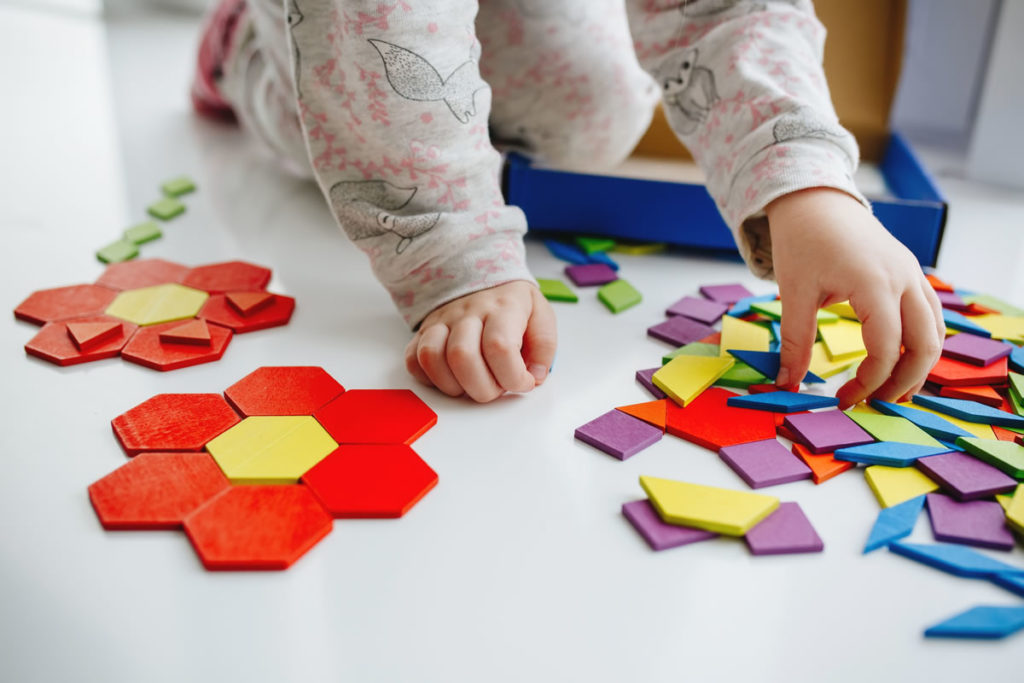The Singapore Method (named after the country it comes from) applied to the teaching of mathematics , has facilitated the process of learning this subject in that country to such an extent that today it is already a method that is also applied in other countries, such as the United States, England, Holland, Brazil or Chile, although it is estimated that there may already be about 49 countries. But what does it consist of? Why did this method work so well in Singapore?

Why does math cost so much
Many researchers and experts in the teaching of mathematics have come to the conclusion, for decades, that facing and learning this subject is difficult because you have to reason and think at the same time in an abstract way , without the teachers facilitating the visualization path of the numbers. It is true that some students do have this capacity for abstraction, at a higher level than others, and that is what makes the difference between “success” or “failure” before math.
In this sense, it is stated that the success of mathematics has nothing to do with the brain or biology, nor with the gender of the student, of course, and everything is a matter of something that is more linked to personality and mentality innate.

What the Singapore method proposes
Singapore’s mathematical method consists of three elements: number sense, model drawing, and mental math.
- Number Sense – Students work on general understanding of numbers and their relationships, which is taken to a new level from early addition to calculus. This is accomplished by starting with concrete representations (blocks, beans, etc.), moving to pictorial representations, and finally using abstract representations. For example, students would not only learn the number 10 and move on, but they would see how many shapes of 10 (1 + 9, 2 + 8 and so on) could be shown, allowing them to soon be able to separate or decompose other numbers with a good understanding the numbers.
- Model drawing: this is a strategy for solving mathematical problems through words. By drawing visual representations using bar units, for example, the student analyzes the problem to understand it and figure out how to solve it. Model drawing can be used with many types of problems, including fractions and proportions.
- Mental Math – Students practice pencil and paper computational skills until they can solve problems in their heads.
This method also proposes that the teacher participate in the teaching of mathematics at a level that is more committed to visualization, generalization and the sense of numbers. To carry out this task, the presence of five elements in learning is required, which are:
- Abilities.
- Concepts.
- Processes
- Metacognition.
- Aptitudes.
Furthermore, the teacher is required to also work on three key phases:
- Specify.
- Pictorial.
- Abstract.
In practice, this means that teachers should be concerned at the beginning that students have a practical approach to the concepts of mathematics through the use of day-to-day materials. For example: we seek to relate the numbers to the number of toys, the number of cookies to distribute on a birthday or the number of birds that fly.

In a second stage, didactic books and drawings are used to link basic concepts with problem solving . These problems should be seen as interesting challenges for the student to solve with interest, and be about everyday issues and related to things that motivate and understand them. The feeling of success in this stage is also very important to advance to the next.
In the final stage is where the student is challenged to make more sophisticated calculations, going to the stage of numbers as such.
In conclusion, learning mathematics according to the Singapore method does not consist in learning things by heart through mechanical procedures, which is usually the most common in teaching systems. On the contrary, this method is important for children to approach mathematics in a more practical and positive way, with the aim that children end up completely taking the numbers apart and understanding their meaning.











































































































